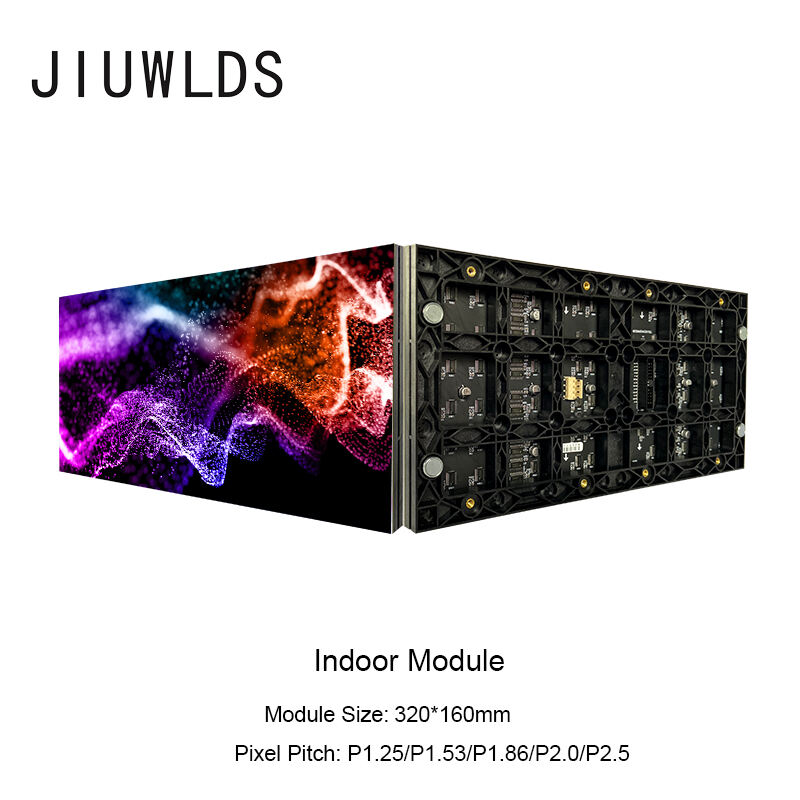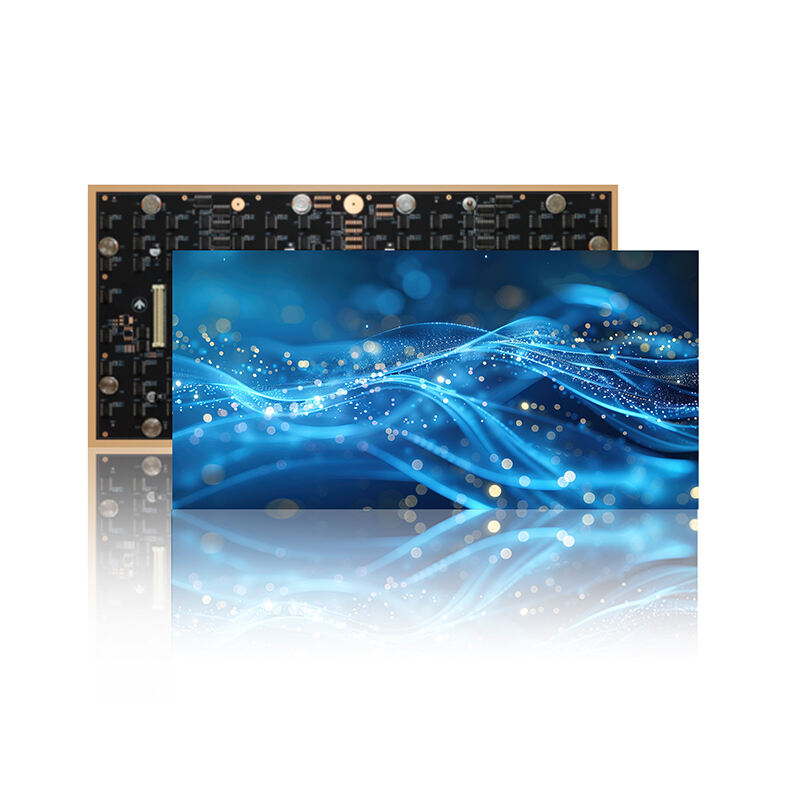Indoor LED Displays: Versatile Options for Any Occasion
Understanding Indoor LED Display Technology
Indoor LED displays are visual systems that are made up of arrays of Light Emitting Diodes (LEDs), and they are intended for indoor applications such as retail stores, corporate lobbies, and entertainment venues. These displays employ a matrix of miniature LEDs to create bright, high-resolution visuals with exceptional brightness, color saturation, and contrast. Indoor led display, compared with outdoor model, have higher requirement for fine pixel density(P1. 2 to P2. 5) under high brightness and thus, they can enjoy a high quality picture quality, and sharp for close view (3–10m).
Energy efficiency is a key advantage, with modern units consuming 30–40% less power than earlier generations. The global market for indoor LED displays is projected to exceed $23.5 billion by 2028 (Grand View Research 2022), driven by demand for dynamic and scalable advertising, retail experiences, and corporate communications.
Key Features of Indoor LED Displays
Pixel Pitch Options for Optimal Clarity
Smaller pixel pitches (P1.2–P4) enhance resolution for close-proximity viewing, ensuring text remains sharp at 2–3 meters. Retail settings benefit from P2.5–P3 pitches, which eliminate visible pixelation and improve brand presentation.
Energy Efficiency and Longevity
Advanced thermal management extends lifespan beyond 100,000 hours, while automatic brightness adjustment reduces energy use by up to 50% compared to traditional signage.
Modular Design and Installation Flexibility
Lightweight magnetic panels (under 5kg) enable curved installations and ceiling mounts, simplifying maintenance with front-service access. Standardized components allow 1:1 replacements without system downtime.
Primary Applications of Indoor LED Displays
Advertising with Dynamic LED Screens
High-traffic areas like malls and transit hubs use LED screens for real-time promotions, capturing attention with vivid visuals. These systems dominate over 60% of the digital signage market due to adaptability and engagement.
Retail Experiences Through Interactive Displays
Gesture-controlled catalogs and virtual try-ons boost purchase intent by up to 83%. Integrated sensors track consumer behavior, enhancing sales strategies.
Entertainment Venues and MicroLED Walls
MicroLED walls (<1.0mm pixel pitch) create seamless 8K backdrops for concerts and sports arenas. Curved configurations ensure visibility from all seating angles.
Corporate Communication Solutions
LED video walls enhance presentations, improving information retention by 45% over traditional methods. Real-time dashboards streamline global office communications.
Current Trends in Indoor LED Technology
- MicroLED advancements enable sub-1.5mm pixel pitches, ideal for interactive retail and entertainment.
- Energy-efficient designs reduce power consumption by up to 30% annually.
- Flexible configurations (transparent panels, curved screens) integrate with unique architectures.
- AR overlays merge physical and digital spaces for next-gen corporate and retail experiences.
Selection Criteria for Indoor LED Displays
Matching Display Types to Specific Needs
- Close-proximity (under 6m): P1.2–P2.5 pixel pitch (museums, luxury retail).
- Large venues (over 10m): P2.5–P4 pixel pitch (convention centers, auditoriums).
- Variable brightness (800–1,500 nits) prevents glare in dim settings or washout in sunlight.
Budget Considerations and ROI Analysis
- MicroLEDs offer 100,000-hour lifespans, doubling traditional displays.
- Energy-efficient units save 35% on power (ENERGY STAR 2023).
- Digital menus increase average transaction value by 18% (Forbes 2022).
Customization Options for Unique Spaces
- Curved and transparent panels adapt to architectural features.
- Ultra-slim bezels (0.88mm) create seamless visuals.
- Interactive overlays (touch, RFID, gesture) enhance immersive exhibits.
Innovative Use Cases for Indoor LED Screens
- Museums: Gesture-activated LED tunnels for interactive exhibits.
- Healthcare: Wrap-around virtual therapy environments.
- Corporate R&D: Touch-enabled LED tables for 3D prototyping.
These applications highlight how LED technology transforms spaces through adaptability and innovation.
FAQ About Indoor LED Displays
What is the advantage of indoor LED displays over traditional screens?
Indoor LED displays provide higher brightness, color saturation, contrast, and energy efficiency, making them ideal for dynamic presentations and advertising.
How do pixel pitch options affect display clarity?
Smaller pixel pitches improve resolution, making text and visuals sharp for close-proximity viewing, crucial for retail and detailed presentations.
What factors should I consider when choosing an indoor LED display?
Key considerations include pixel pitch for viewing distance, energy efficiency, modular design flexibility, budget, customization options, and intended application.







 Hot News
Hot News